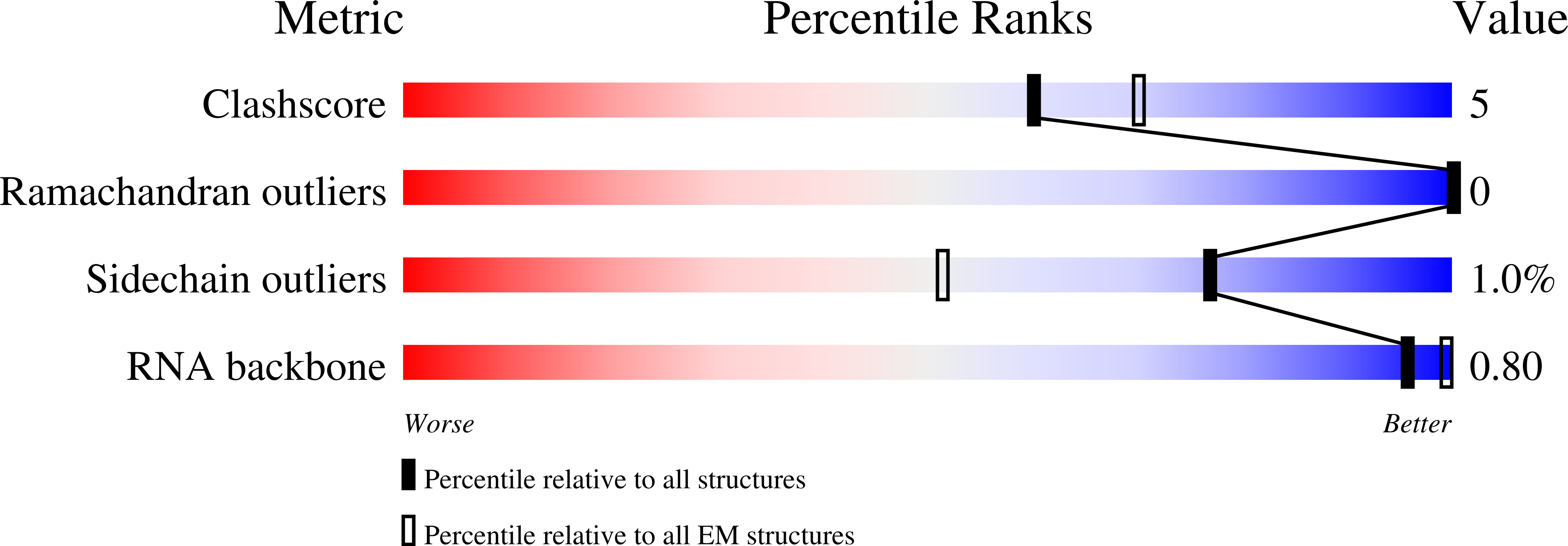
Deposition Date
2022-01-27
Release Date
2022-03-23
Last Version Date
2024-06-12
Entry Detail
Biological Source:
Source Organism:
Severe acute respiratory syndrome coronavirus 2 (Taxon ID: 2697049)
unidentified (Taxon ID: 32630)
unidentified (Taxon ID: 32630)
Host Organism:
Method Details:
Experimental Method:
Resolution:
3.43 Å
Aggregation State:
PARTICLE
Reconstruction Method:
SINGLE PARTICLE


